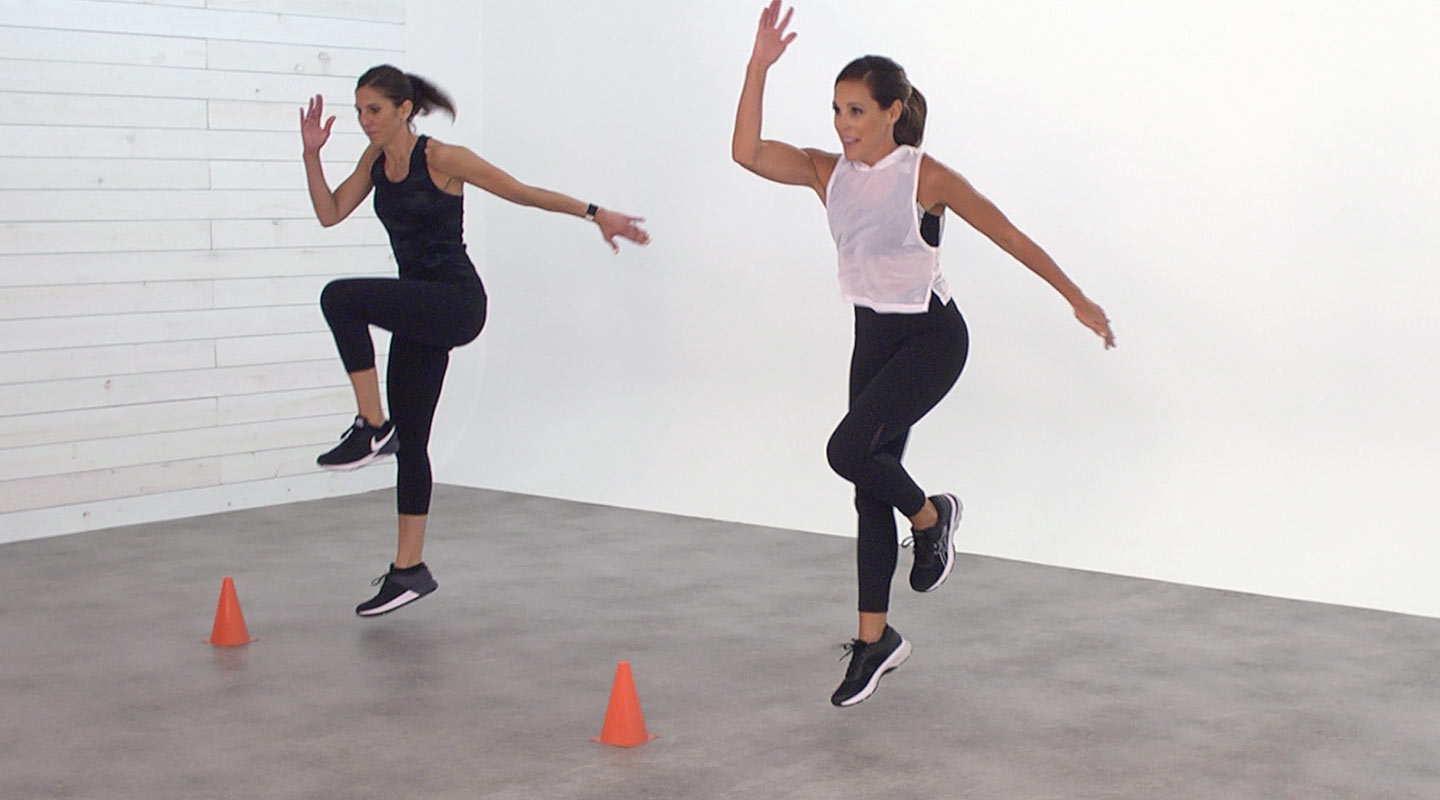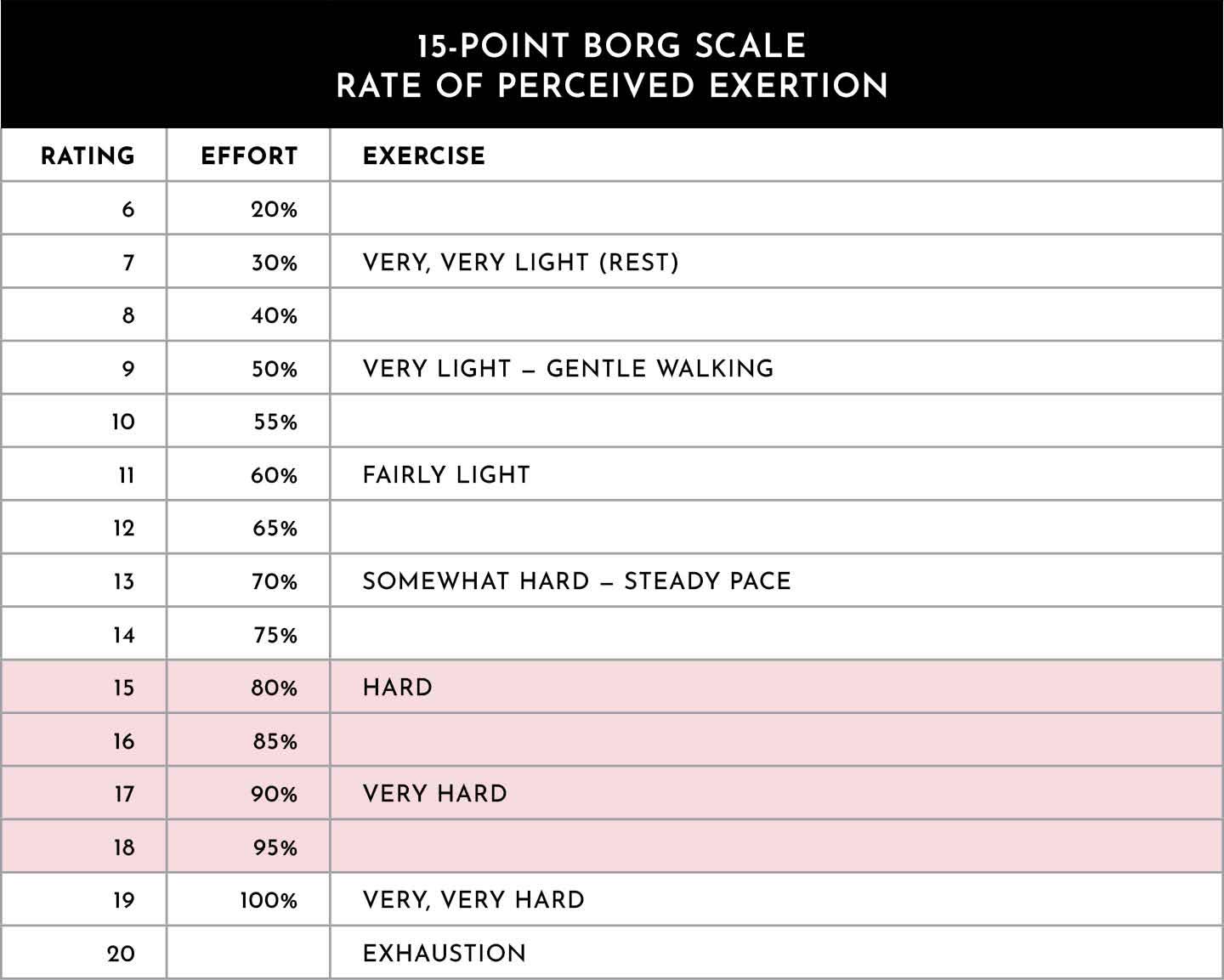 Did you know that heart disease is one of the number one causes of death in the United States? What a lot of people probably don’t realize is that studies have shown one of the most effective methods to prevent heart disease is through exercise prescription. Exercise is also involved in the prevention and treatment of other health problems. Cardiovascular exercise reduces blood pressure and decreases your chance of developing diabetes and Alzheimer’s — to name a few.
Did you know that heart disease is one of the number one causes of death in the United States? What a lot of people probably don’t realize is that studies have shown one of the most effective methods to prevent heart disease is through exercise prescription. Exercise is also involved in the prevention and treatment of other health problems. Cardiovascular exercise reduces blood pressure and decreases your chance of developing diabetes and Alzheimer’s — to name a few.
It’s no secret that many of us struggle with sticking to an exercise routine and making smart food choices. But our bodies are supposed to move! That’s why people say, “If you don’t use it, you lose it.”
By maintaining a healthy weight, we also make things a lot easier on our joints, because excess weight causes joint pain and can lead to osteoarthritis. So what type of cardiovascular exercise should you be doing??
The good news: physical activity does not have to mean that you spend hours of your day on the treadmill. The first step is understanding how cardiovascular exercise works, then choosing exercises that get your heart pumping. Our bodies possess two different types of energy systems that operate when we preform our cardio routines: the aerobic and anaerobic system.
Aerobic activity is typically thought of as just running or biking, but it’s what happens inside the body that defines the term. Aerobic literally means requiring oxygen — more specifically our muscles require oxygen. Think about a marathon runner. She runs for a long period of time, at a steady pace, breathing consistently. Her heart rate rises as she begins running, and her lungs have to work harder to keep up. During her steady running pace, her heart is circulating fresh oxygen to all of the muscles assisting her run.
So what is the other energy system we use and how is it different?
“Run like you stole something.” This is a great example of anaerobic exercise because you most likely cannot run at your max speed for a long period of time. Unlike your aerobic system, which can provide you energy longer, your anaerobic system provides energy very quickly, but only for a short while. In fitness, anaerobic usually occurs as a burst or high-interval workout.
We are never 100% aerobic or anaerobic because the anaerobic system only provides energy for about 60 seconds to 2 minutes before the aerobic system kicks into gear. So we have these two systems – how can we work them simultaneously?
ACSM defines high-intensity interval training (HIIT) as exercise training involving repeated bouts of high-intensity effort followed by varied recovery times.

During the high-intensity periods, your goal is to have a rate of perceived exertion between 15 – 18 on the Borg scale (see above). During the recovery periods, it should be 12– 14. In general a rating of 14 would be about 140 BPM. If you prefer using a heart rate monitor, generally you would aim for 80 – 95% maximum heart rate and 60% maximum heart rate.
We don’t train our biceps one way. Same for the heart.
HIIT has its advantages, but steady-state cardio can be performed for longer. Steady-state cardio like jogging, swimming, dancing, or steady state cardio routines like barre, are just as important as the HIIT training. It’s also know as moderate-intensity training (MIT), moderate-intensity continuous training (MICT), or moderate-intensity steady state (MISS).
Both moderate-intensity continuous training (MICT) and high-intensity interval training (HIIT) provide results.
In a recent study moderate intensity training concluded that this type of training vs. HIIT provided a greater improvement in overall cardiovascular fitness. In fact, some elite marathon runners improve their speed by building their aerobic base.
If you are training for a 5K or half marathon, remember that it’s important you train sport specific. The best way to train for the activity is by doing the activity. To train for a a race, it’s important you aim for endurance with 1 – 2 cross training or HIIT workouts included.
While both HIIT and steady-state continuous cardio have their advantages and disadvantages, it comes down to time and preference. Enough cannot be said about preference – it’s all about what you enjoy and what gets you motivated to keep up your fitness routine! Choose what works for you.
The important thing to remember is that a proper combination of fitness and nutrition can help you reach your personal fitness goals. If your goal is weight loss and feeling better, try a balanced approach integrating all formats, try our Weekly Schedule.
You can also use this 4 x 4 in cycling or swimming. Find your target heart rate.
With more than 100 HIIT style workouts in the Moms Into Fitness studio, you’re bound to find a few you’ll LOVE.
Sometimes the only thing stopping you from a HIIT workout is joint pain. We’ve got you covered! Try this low impact tabata routine. Tabata is a HIIT protocol utilizing 20 seconds of work followed by 10 seconds of rest/recovery, repeated. Tabata is for all levels and a favorite format because of its predictability and workouts in 20 minutes or less.